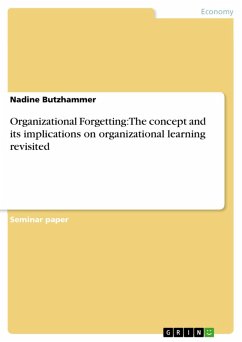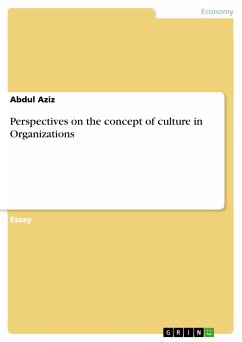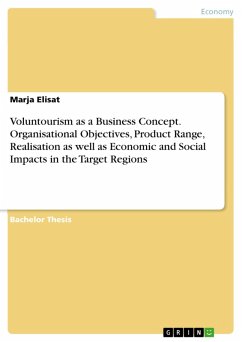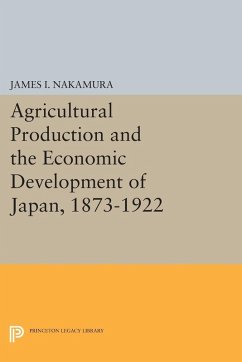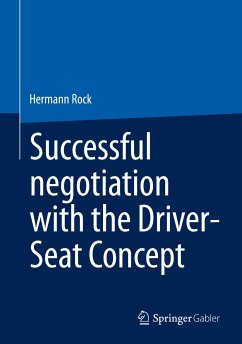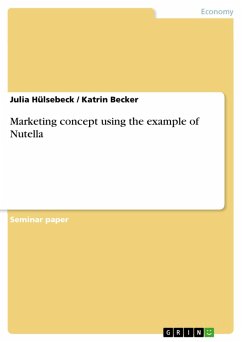
A modern concept of resource conservation management in agro-industrial production (eBook, PDF)
Versandkostenfrei!
Sofort per Download lieferbar
Statt: 52,95 €**
39,99 €
inkl. MwSt. und vom Verlag festgesetzt.
**Preis der gedruckten Ausgabe (Broschiertes Buch)
Alle Infos zum eBook verschenkenWeitere Ausgaben:

PAYBACK Punkte
0 °P sammeln!
Research Paper (postgraduate) from the year 2016 in the subject Business economics - Business Management, Corporate Governance, grade: 4.5, , language: English, abstract: The focus of the research presented in this monograph are the processes of saving resources in agro-industrial production. The author proposes a modern concept of resource conservation management. The research methodology was the clustering of economic objects, econometric modeling, optimization of the structure of resource consumption. The focus of the research presented in this monograph is resource conservation processes i...
Research Paper (postgraduate) from the year 2016 in the subject Business economics - Business Management, Corporate Governance, grade: 4.5, , language: English, abstract: The focus of the research presented in this monograph are the processes of saving resources in agro-industrial production. The author proposes a modern concept of resource conservation management. The research methodology was the clustering of economic objects, econometric modeling, optimization of the structure of resource consumption. The focus of the research presented in this monograph is resource conservation processes in agro-industrial production. The author offers a modern concept of resource conservation management. Research methodology: clustering of economic objects, econometric modeling, optimization of the structure of resource consumption. Based on the typology of economic objects, the following classes of resource consumption are proposed: extensive, intensive, innovation and investment. The extensive type of resource conservation is distinguished by the use of economies of scale in agribusiness. The formation of agricultural holdings and the production of food by an agricultural enterprise within the boundaries of the full value chain leads to resource savings through concentration. The intensive type of facilities is characterized by an increase in specific investment per unit of industry size. This is a higher level of chemicalization, mechanization, and robotization of agricultural production. In modern conditions of environmental trends in life and economy, it is replaced by a natural-adaptive type of resource conservation. Among the features of this type, it is necessary to highlight the adaptation of machinery and equipment in agricultural production to the biological properties of agricultural plants and animals. An innovative type of resource saving is innovations in biotechnology, new resource-saving technology and equipment, and agricultural management. The innovative type is added by the investment type. Investments make it possible to ensure a constant increase in the financial flow in agriculture. When the increase in this flow outstrips the increase in costs, there is a significant resource-saving investment effect. The author of the study revealed a pattern between the emergence of the resource-saving effect and the potential for using resources. The resource-saving effect is observed with the full use of the potential of resources. Special attention is paid to human capital. The dynamics of competencies allows to increase the innovativeness of the team in an agricultural organization. The book is understandable for managers.
Dieser Download kann aus rechtlichen Gründen nur mit Rechnungsadresse in A, B, BG, CY, CZ, D, DK, EW, E, FIN, F, GR, HR, H, IRL, I, LT, L, LR, M, NL, PL, P, R, S, SLO, SK ausgeliefert werden.






